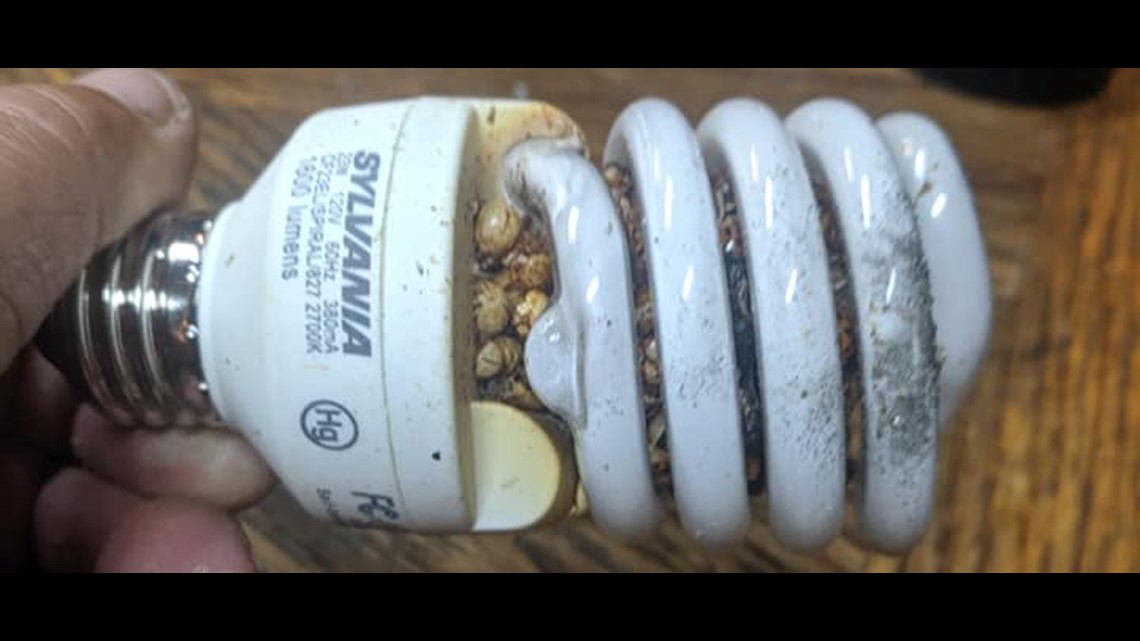Quanmeg
Member
- Location
- New Orleans
- Occupation
- Director of Construction
Here is an interesting issue that seems to be a flaw in UL ratings and the NEC.
This one really bugs me:
UL labels light fixtures for use in dry locations, damp locations or wet locations with apparently no concern other than moisture for the suitability for a fixture to be used outdoors.
A damp rated fixture can theoretically be installed in an exterior location that is protected from rain but often a damp rated fixture will have an open globe and be completely unsuitable for exterior use because the fixture globe fills with bugs.
It seems that UL and the NEC have a focus on water and no concern about the bug issue and that under the codes and the labeling it is completely legitimate to specify and install a completely unsuitable fixture in an outdoor location as long as it is protected from rain.
Your thoughts??
This one really bugs me:
UL labels light fixtures for use in dry locations, damp locations or wet locations with apparently no concern other than moisture for the suitability for a fixture to be used outdoors.
A damp rated fixture can theoretically be installed in an exterior location that is protected from rain but often a damp rated fixture will have an open globe and be completely unsuitable for exterior use because the fixture globe fills with bugs.
It seems that UL and the NEC have a focus on water and no concern about the bug issue and that under the codes and the labeling it is completely legitimate to specify and install a completely unsuitable fixture in an outdoor location as long as it is protected from rain.
Your thoughts??




